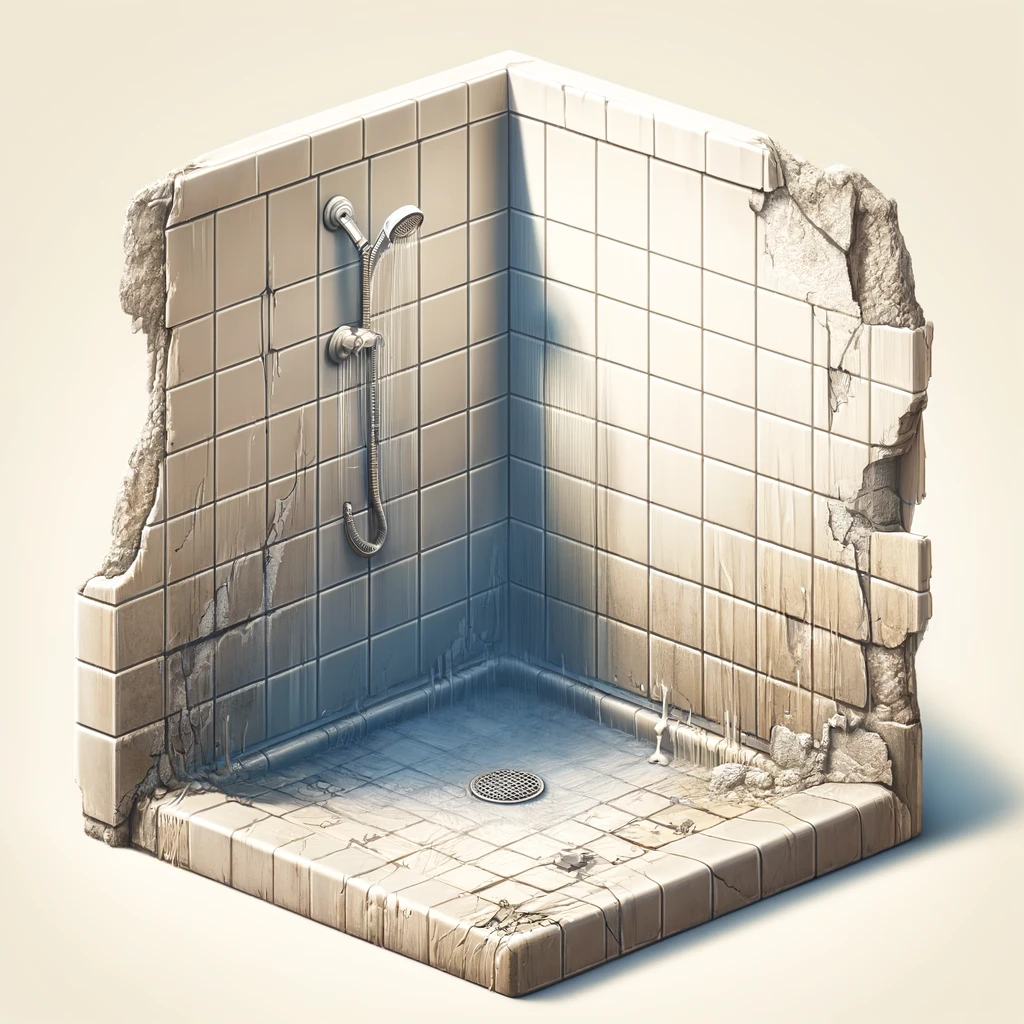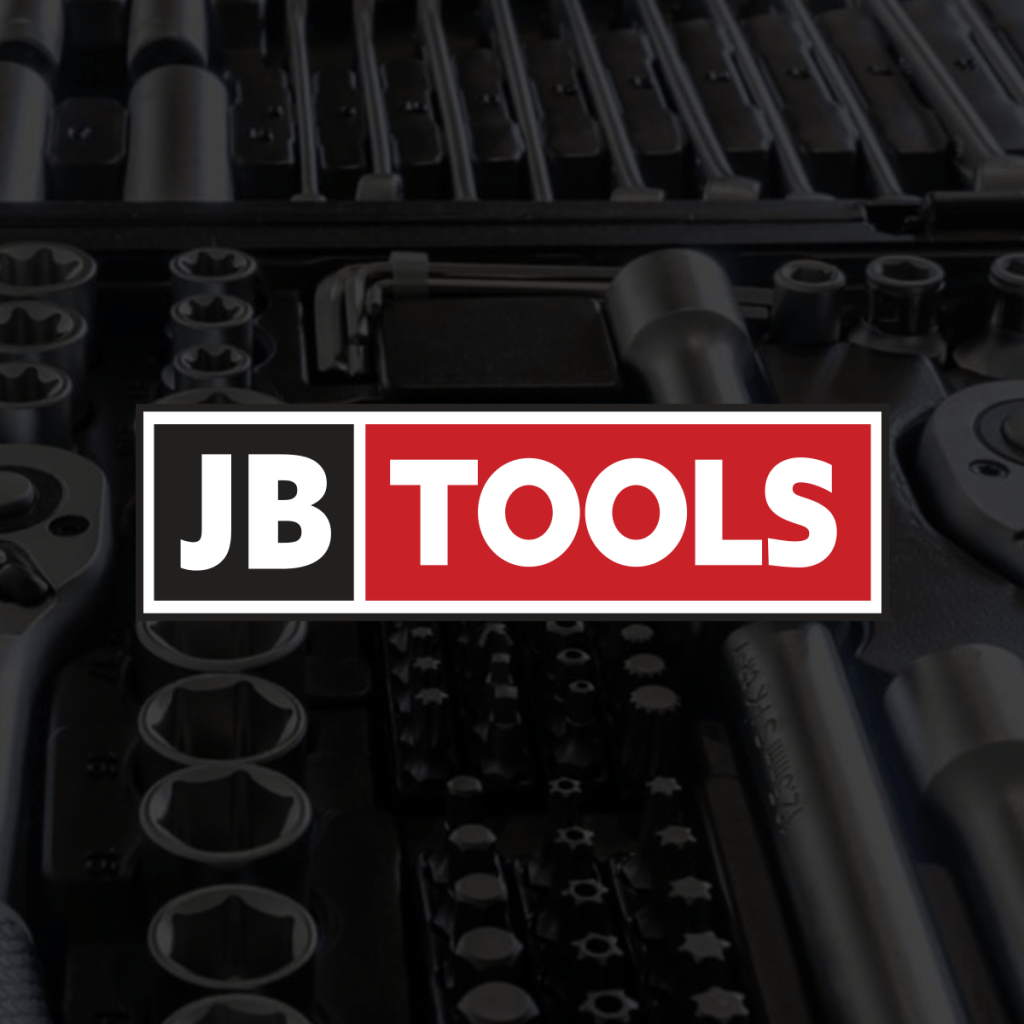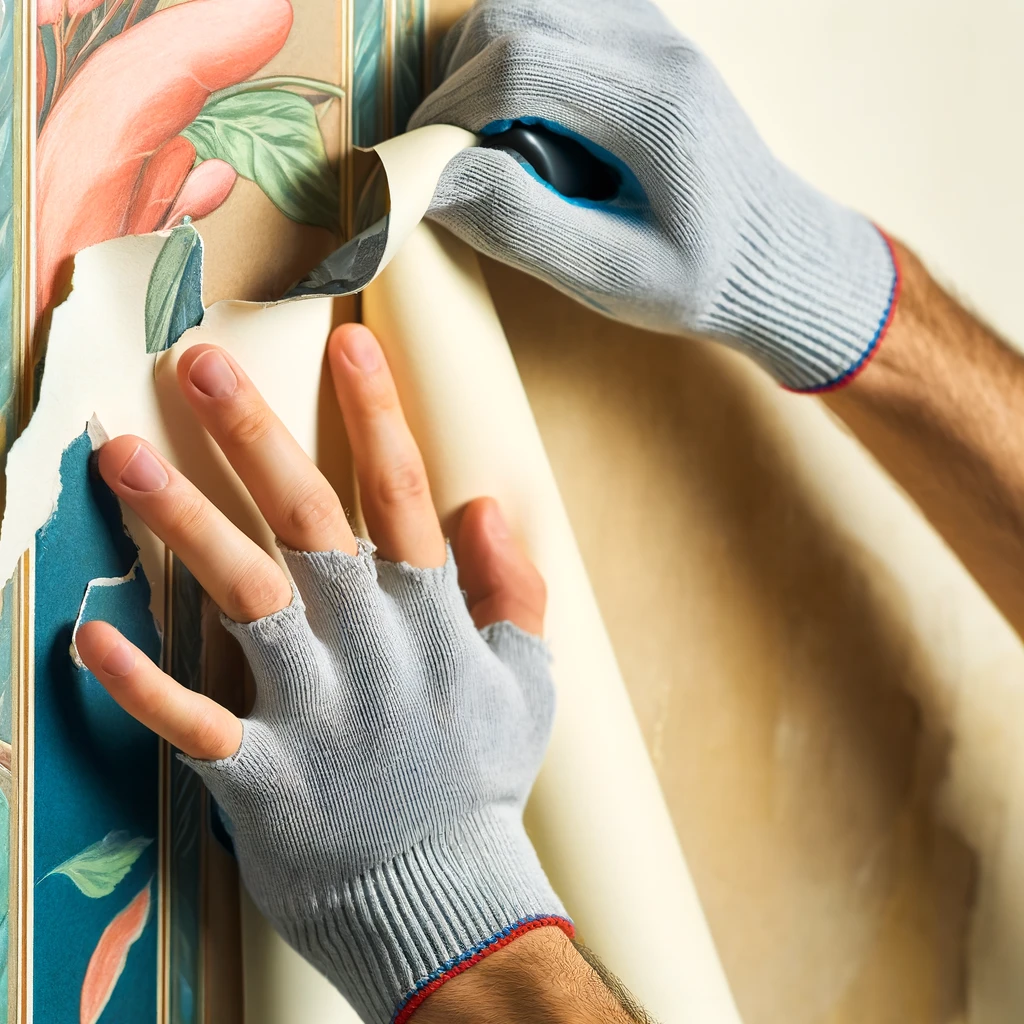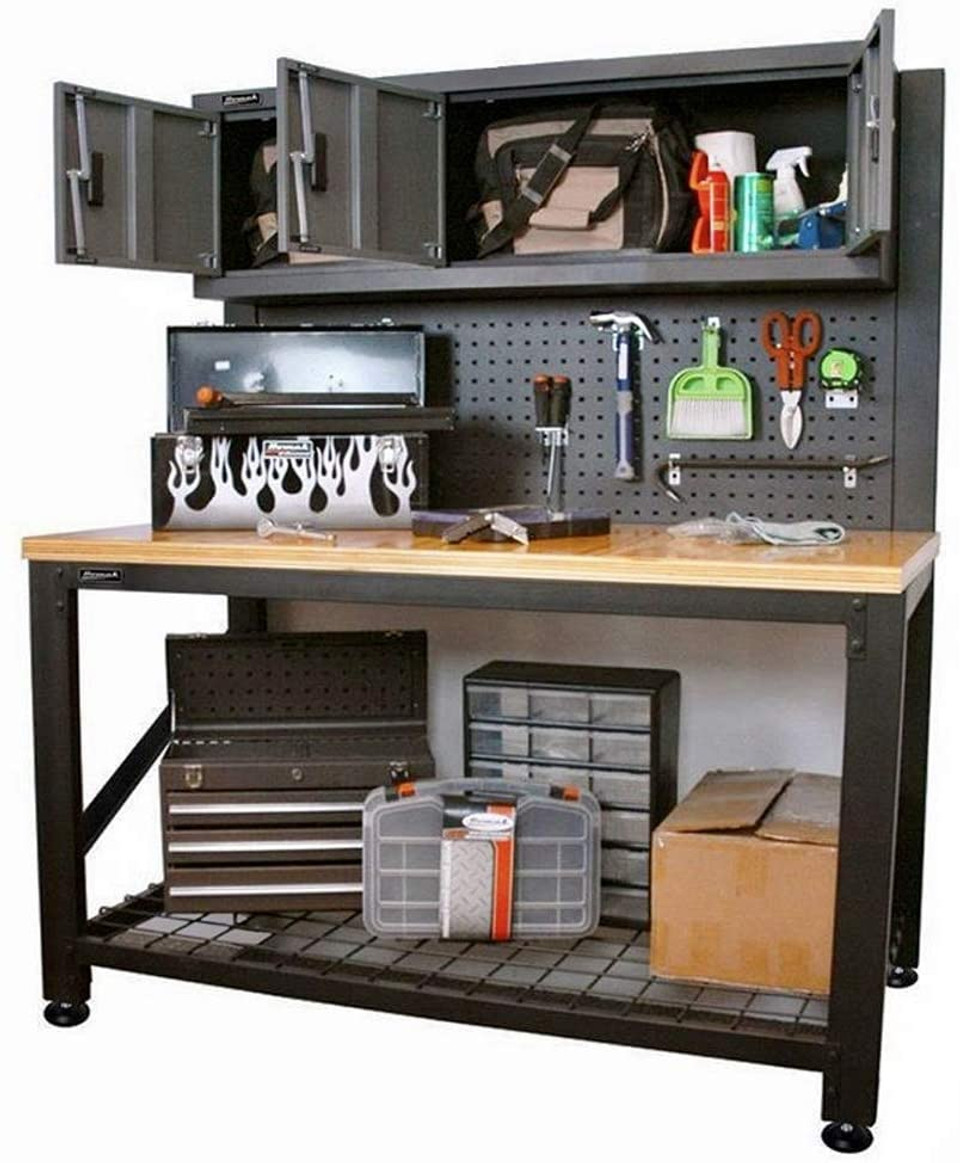Identify the common signs that indicate a problem with your shower pan, outlining why it’s crucial to address these issues promptly to avoid further damage.
Signs Your Shower Pan May Be Bad
- Visible Cracks or Damage: Cracks in the shower pan can lead to leaks and water damage.
- Pooling Water: Water that does not drain properly could be a sign of a slope issue.
- Musty Smells: Persistent odors can indicate mold growth beneath the pan.
- Loose Tiles Around the Shower: This may suggest that the underlying shower pan is failing.
- Water Stains on Ceilings Below the Bathroom: A clear indication of a leaking shower pan.
In this section, delve into each sign with a detailed explanation of why these issues occur and what they mean for the integrity of your bathroom.
Pros and Cons of Repairing a Shower Pan
- Pros:
- Prevents further damage: Addressing issues early can save on future repair costs.
- Increases property value: A well-maintained bathroom is a significant asset.
- Cons:
- Cost: Repairing or replacing a shower pan can be expensive.
- Time-consuming: The repair process can be lengthy and disrupt daily routines.
Discuss the advantages and disadvantages of fixing a bad shower pan, emphasizing the long-term benefits and considerations.
Recommended Tools for the Project
List essential tools and materials needed for repairing or replacing a shower pan, such as:
- Waterproof sealant
- Caulking gun
- Tile adhesive
- Grout
- Screwdriver set
Provide a brief overview of each tool’s purpose and how it helps in the repair process.
Comparisons: DIY vs. Professional Repair
When considering whether to tackle shower pan repair as a DIY project or to hire a professional, several factors come into play, such as cost, time investment, and the quality of the outcome. Below, we break down each of these aspects and discuss the suitability of each option depending on your situation.
Cost Comparison
DIY Repair: The most attractive aspect of DIY shower pan repair is the potential cost savings. The primary expenses here include purchasing materials such as sealant, grout, and replacement tiles, which might range from $50 to $300 depending on the quality and brand. No labor costs are involved, which significantly reduces the overall expense.
Professional Repair: Hiring a professional can be considerably more expensive, with costs typically ranging from $500 to over $1,500. This includes both materials and labor. The higher end of this range may involve structural repairs beyond just the pan itself, which can escalate costs.
Time Investment
DIY Repair: The time commitment for DIY projects can be significant, especially if you are learning as you go. Depending on the extent of the damage, a DIY repair could take anywhere from several hours to a full weekend. For those who are not experienced, unexpected challenges might extend this time further.
Professional Repair: A professional with experience can usually complete the job much faster, often within a day or two. This is because they have the necessary tools, skills, and experience to efficiently tackle common and uncommon problems alike.
Quality of Outcome
DIY Repair: While there is a sense of accomplishment in completing a project yourself, the quality of a DIY repair may not match professional standards, especially if it’s your first attempt. Poorly done repairs can lead to further issues, such as leaks and water damage, which could incur more costs in the long run.
Professional Repair: A professional will generally guarantee a higher standard of work that comes with warranties. Their expertise ensures that the shower pan is not only functional but also compliant with building codes and standards.
Suitability
DIY Repair: Ideal for those who have some experience with home repairs, possess the necessary tools, and are dealing with minor issues like small cracks or gaps. It’s also suitable for those on a tight budget who are willing to invest time into learning and performing the repair.
Professional Repair: Recommended if the damage is extensive or involves complex plumbing work. It’s also the better option for those who prioritize a guaranteed quality outcome, need a quick fix, or simply do not have the time or inclination to do it themselves.
In conclusion, the choice between DIY and professional repair for a shower pan depends on your skill level, the scope of damage, time constraints, and budget. Weighing these factors will help you make the best decision for your situation and ensure the longevity and effectiveness of your shower pan repair.
Tips & Tricks for Maintaining a Shower Pan
Offer practical tips for extending the life of a shower pan, like regular cleaning with appropriate products and periodic checks for early signs of damage.
FAQs
Q: How often should I inspect my shower pan for damage? A: Regular inspections should occur at least twice a year. More frequent checks are recommended if you notice issues like slow drainage or a damp bathroom floor.
Q: Can I repair a cracked shower pan on my own? A: Small cracks might be repairable with a DIY kit, but larger issues typically require professional intervention.
Answer common questions with informative, concise responses.
Cost Considerations
When dealing with the repair or replacement of a shower pan, homeowners face a spectrum of potential expenses that hinge on whether they choose to do it themselves or hire a professional.
DIY Repair Costs: Opting to handle shower pan repairs yourself generally incurs lower initial costs, primarily centered around the purchase of necessary materials. These might include high-quality sealants, appropriate grouting, and replacement tiles, which can collectively range from approximately $50 to $300. It’s important to also factor in any unique tools you might need to buy or rent, which could further increase your outlay.
Cost of Professional Repair Services: Engaging a professional usually leads to a higher expense, largely due to labor costs. The overall price for professional repair services can vary widely, generally between $500 and $2,000. This range reflects the complexity of the job, the quality of materials used, and geographic pricing differences. The added benefit of opting for professional help often includes access to extended warranties and the peace of mind that the job is executed correctly.
Updates and Future Considerations
The realm of bathroom renovations, specifically regarding shower pan installations, is continually evolving. Here we see innovations in both the materials used and the techniques employed to install these crucial elements.
Innovations in Materials: New materials for shower pans include options like acrylic, fiberglass, custom tiles, and solid surface composites. Each offers distinct advantages concerning durability, ease of cleaning, and resistance to mold and mildew.
Advancements in Installation Techniques: Modern installation methods now often feature improvements such as non-porous surfaces to prevent mold buildup and pre-sloped pans to enhance drainage. These innovations aim to extend the life of shower pans and reduce maintenance needs.
Anticipated Future Trends: Looking forward, the industry might focus more on sustainable materials and methods that help conserve water. Additionally, the integration of technology in bathroom fixtures, such as sensors that alert homeowners to leaks or structural weaknesses, could become a standard feature in future bathroom designs.
Conclusion
In this article, we have detailed essential considerations for maintaining, repairing, or replacing a shower pan. We’ve examined the signs that may indicate the need for repair, discussed the cost implications of DIY versus professional repair options, and highlighted the latest advancements in materials and installation techniques. Regular inspections and prompt attention to any signs of wear or damage are crucial in managing the integrity and functionality of your bathroom’s shower pan. By staying informed about new materials and techniques, homeowners can make educated decisions that ensure the longevity of their bathroom installations and avoid unnecessary future costs. Remember, early detection and intervention are key to minimizing repair costs and maintaining a healthy home environment.







